|
Having the pleasure of training a large amount of swimmers, I have encountered a certain scenario quite often. A swimmer will tell me they feel tightness or discomfort in their lower back. Knowing their background and their training experience I usually head over to a table to have them do a Thomas Test. The Thomas Test is performed by having the athlete sit on the edge of a table and then gradually lean back. As they lean back they pull one knee into their chest and let the other leg hang. Nine times out of ten they will come close to donkey kicking you in the face. As most would assume, swimmers are notorious for having flexibility problems in their quadriceps and hip flexors by the nature of their sport and the limited amount of proper dry land training programs. This is not a surprise, but if it is not properly taken care of back issues will continue to present themselves. For the purpose of this discuss I want to keep the focus on the soft tissue and flexibility work of the hip flexors and quadriceps. For the athlete mentioned above I would have them perform foam rolling on the hip flexor and quadriceps followed by a ½ kneeling hip flexor and quadriceps stretch. When performing the soft tissue work it is important to cover all areas that affect the hip flexor and quadriceps group. Therefore, there should be special attention given to the front, side and inner thigh. Look for areas that are “knotted up” and spend some extra time on those spots. You will know if you feel a knot! Below are pictures of yours truly setting up to roll my hip flexor/quadriceps, IT band and adductors. A safe bet is rolling each area 8-10 times, but feel free to spend as much time as needed on each one. As for the static stretch that is followed by the foam rolling, below are the progressions of the ½ kneeling hip flexor/quadriceps stretch. It is important that the order of roll and then stretch is followed. If the stretch takes place first you might be doing yourself a disservice. This is because if you think of your muscles like little rubber bands, when you stretch them, if you have knots or adhesions build up it will make this knot tighter and more wound up.
If you train swimmers or other athletes for that matter that perform limited range of motion through the hip and knee during competition and complain about back tightness this might be something worth trying.
0 Comments
Leave a Reply. |
Archives
July 2024
Categories
All
|
Proudly powered by Weebly

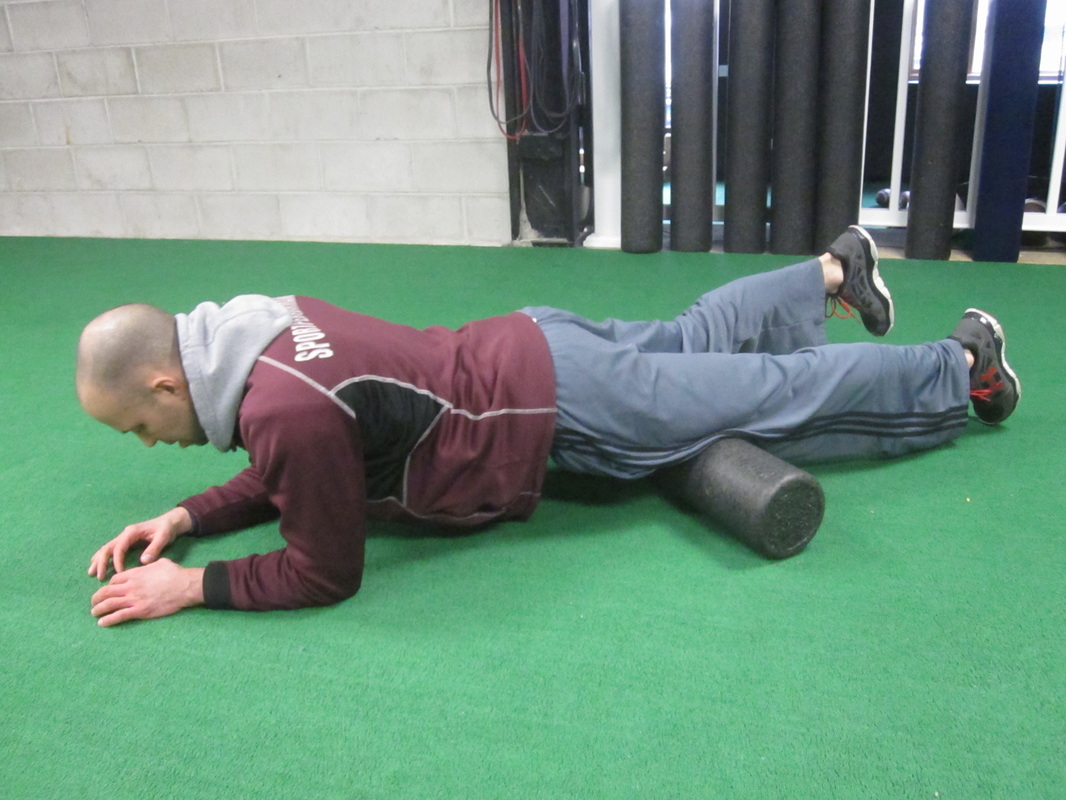
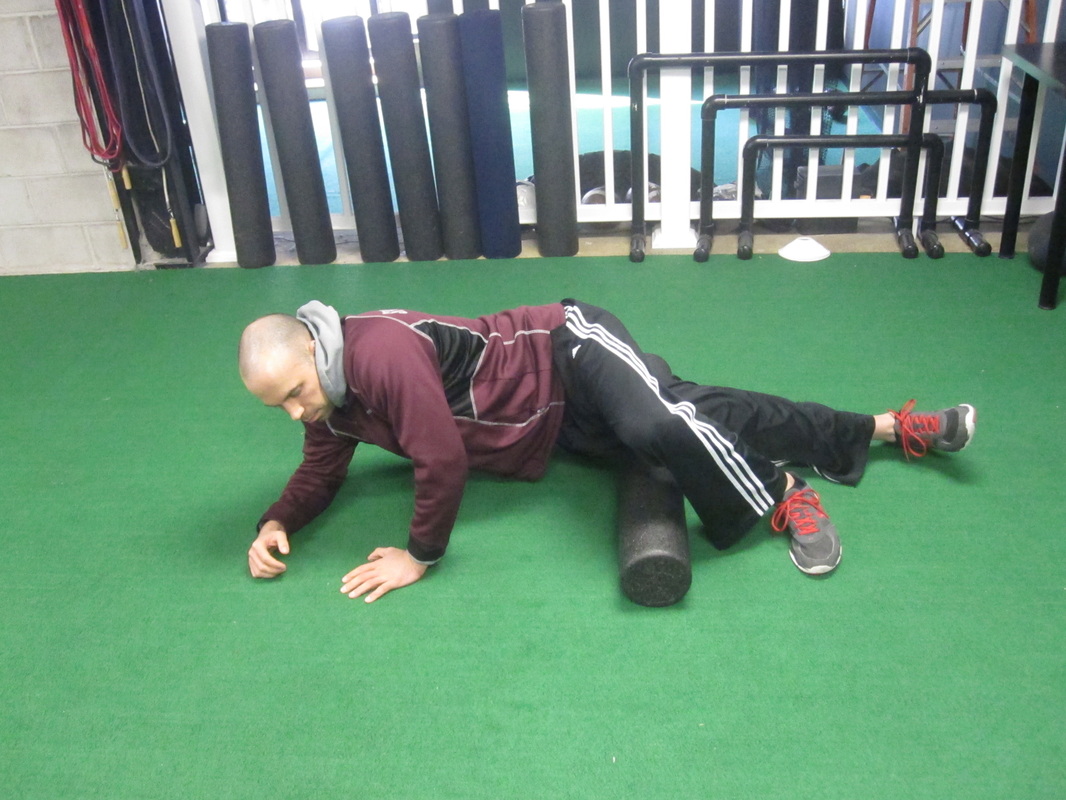
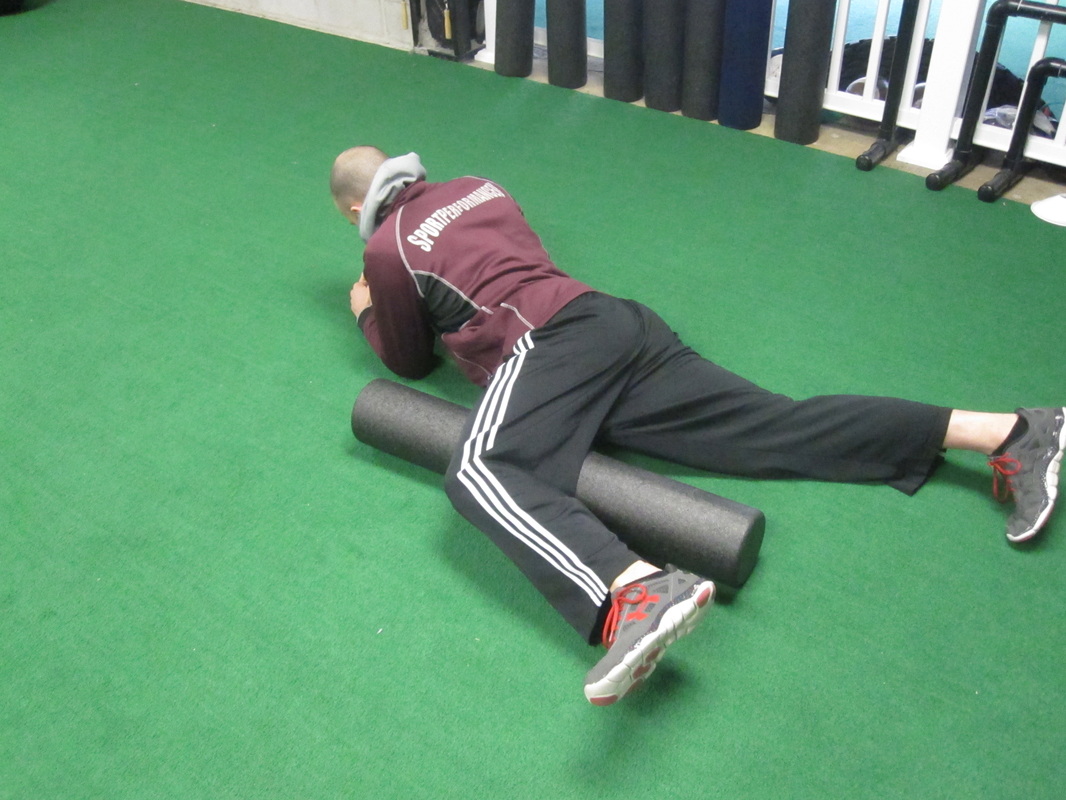
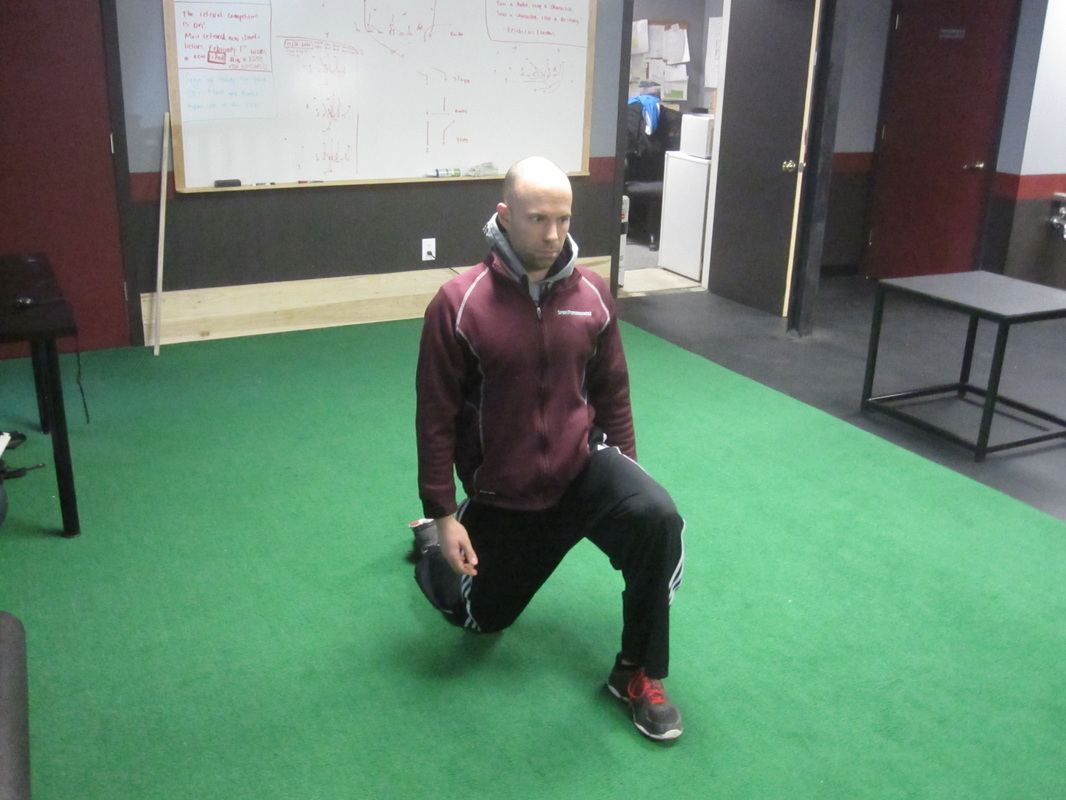
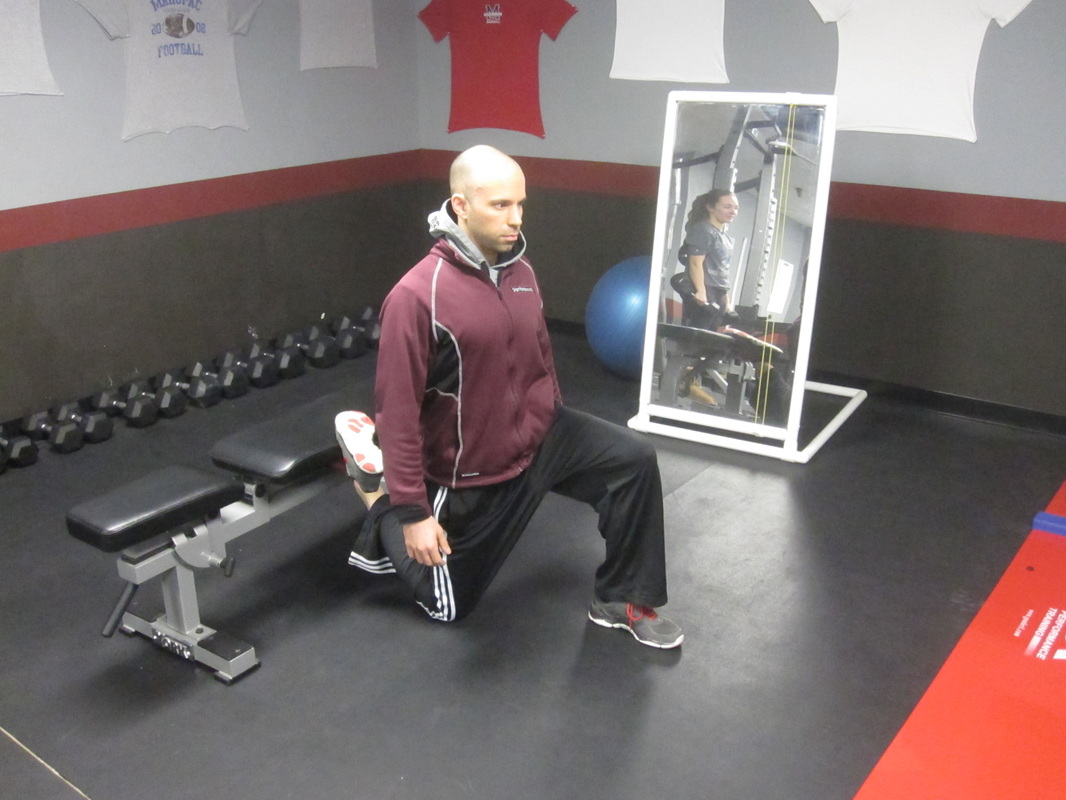
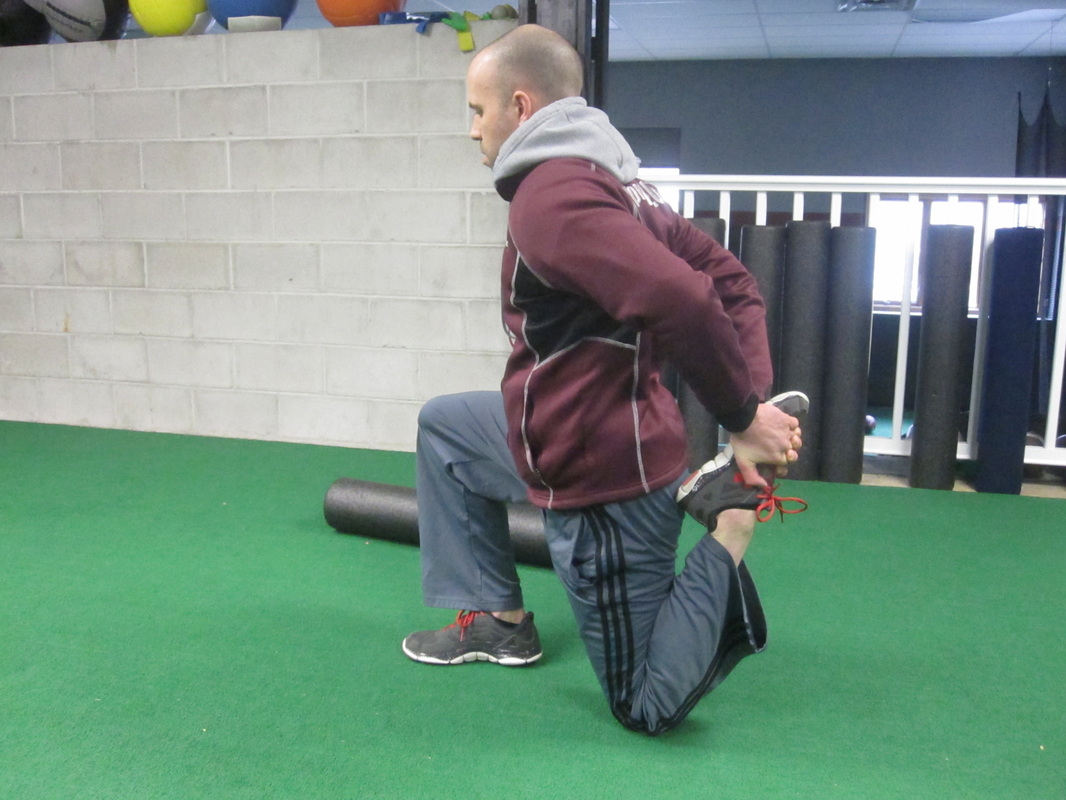
 RSS Feed
RSS Feed